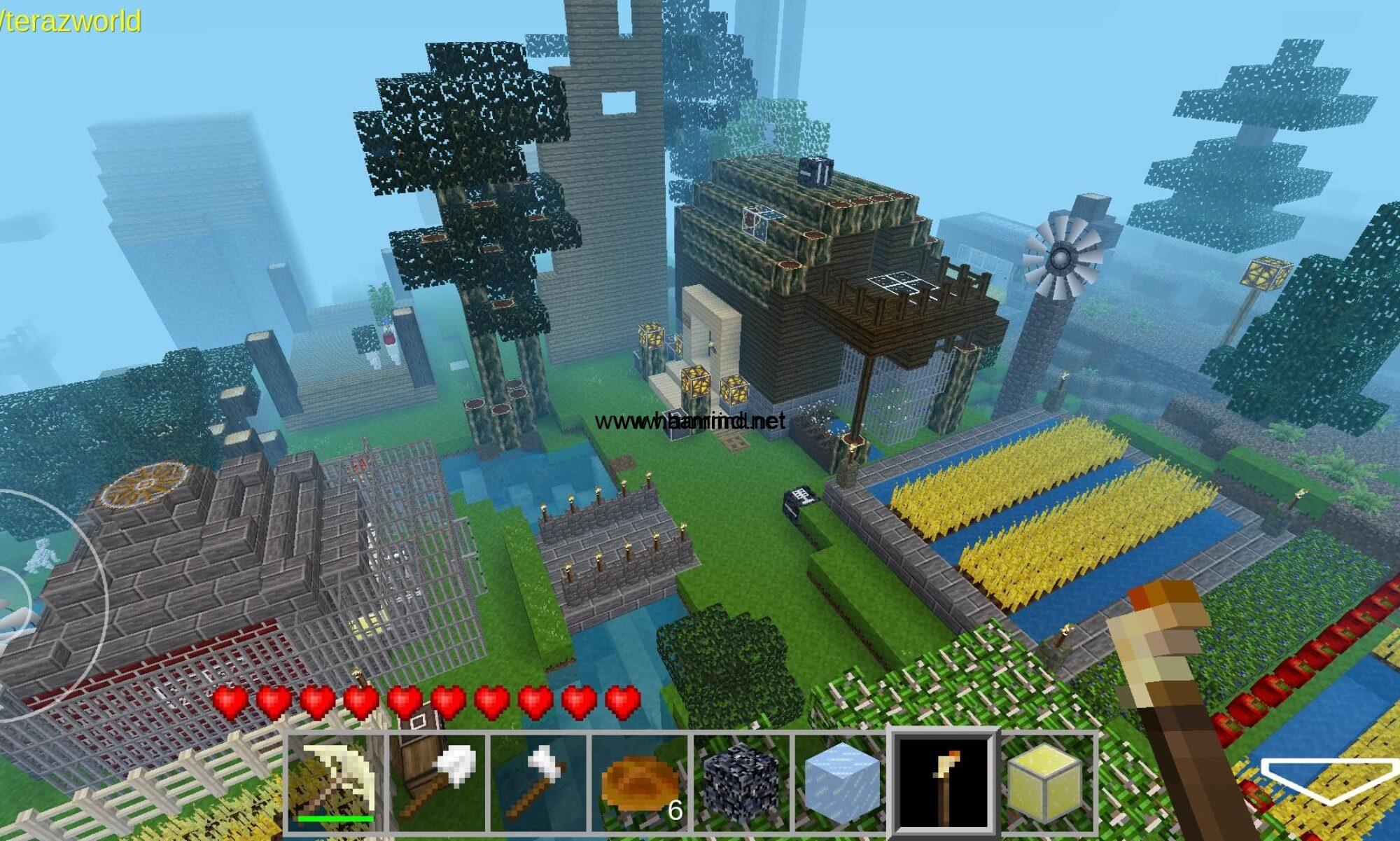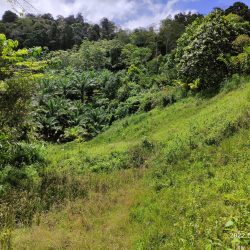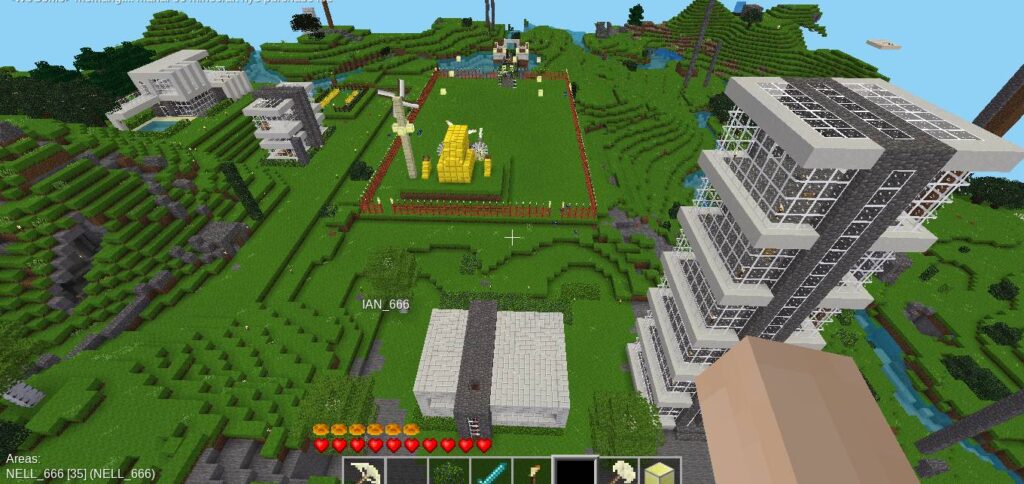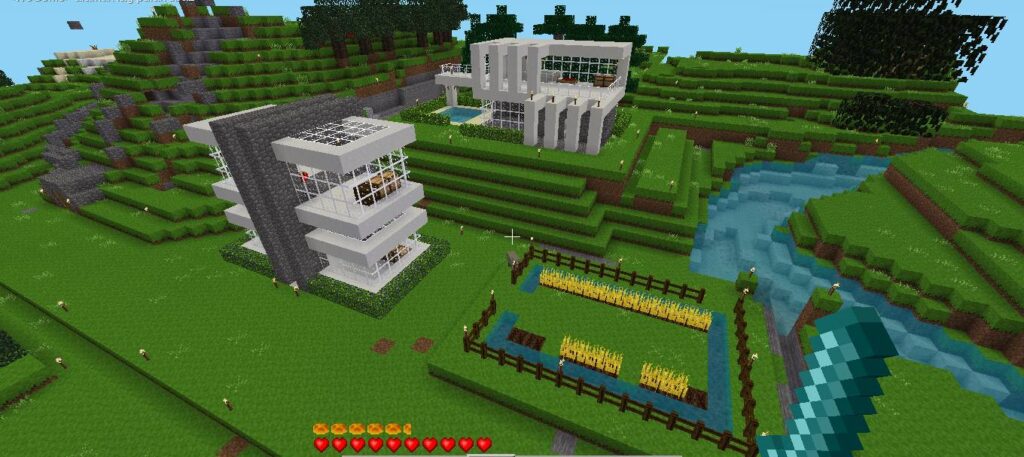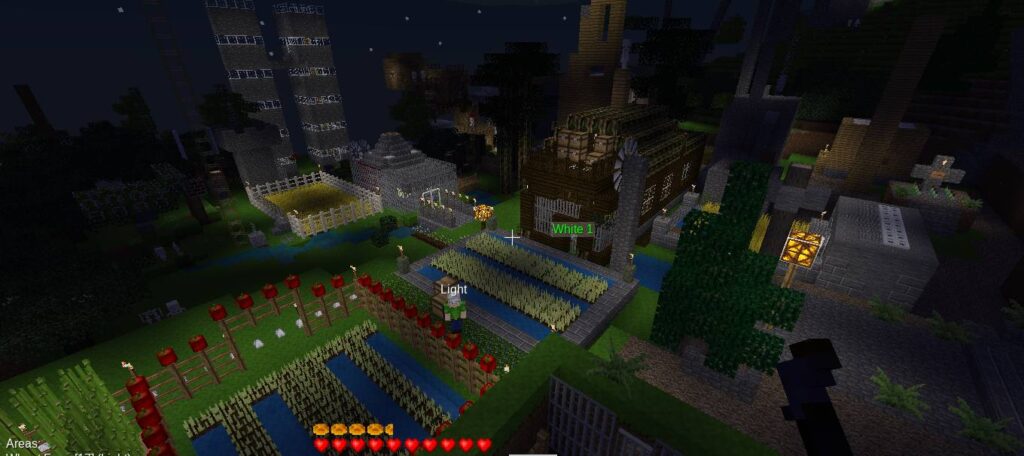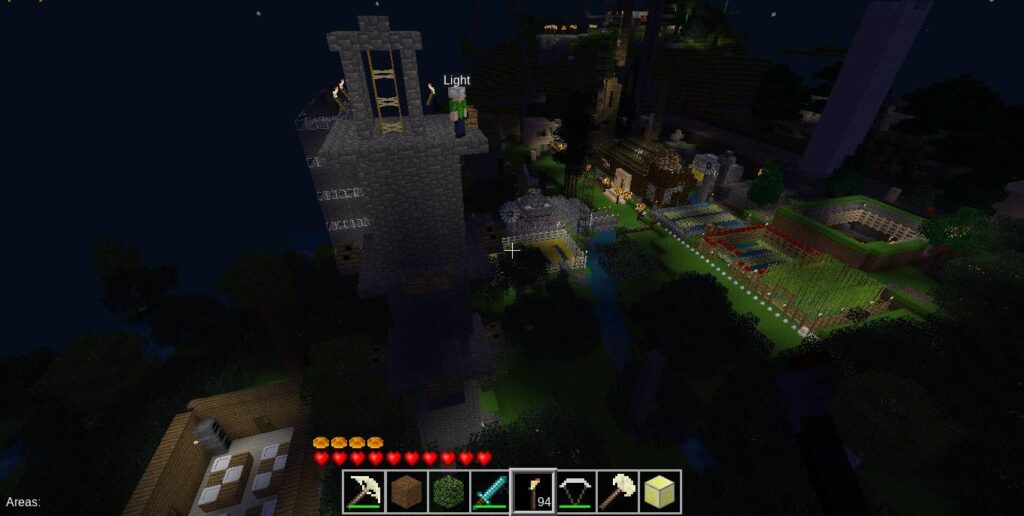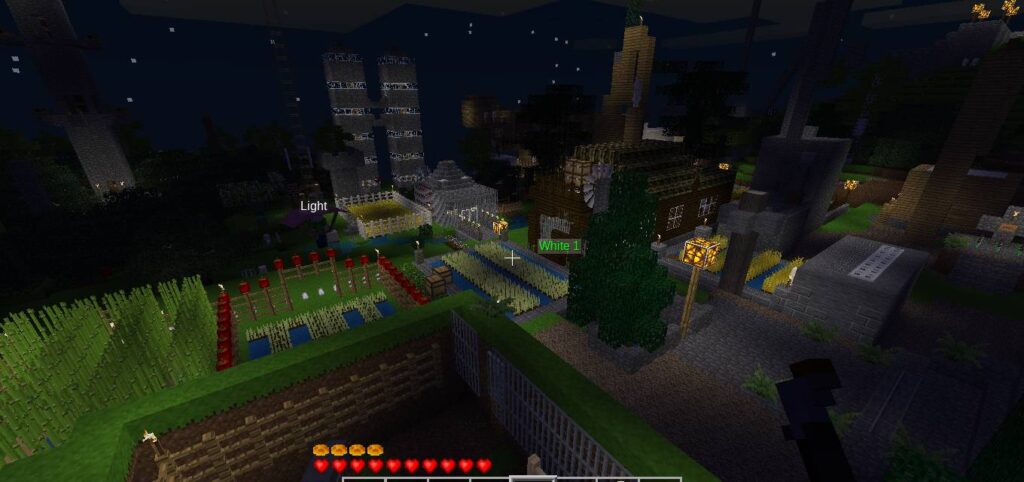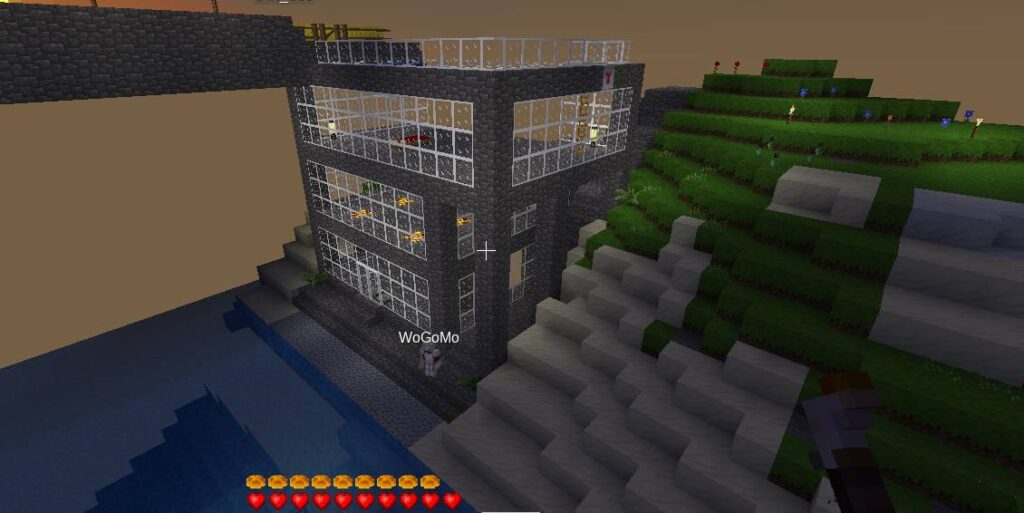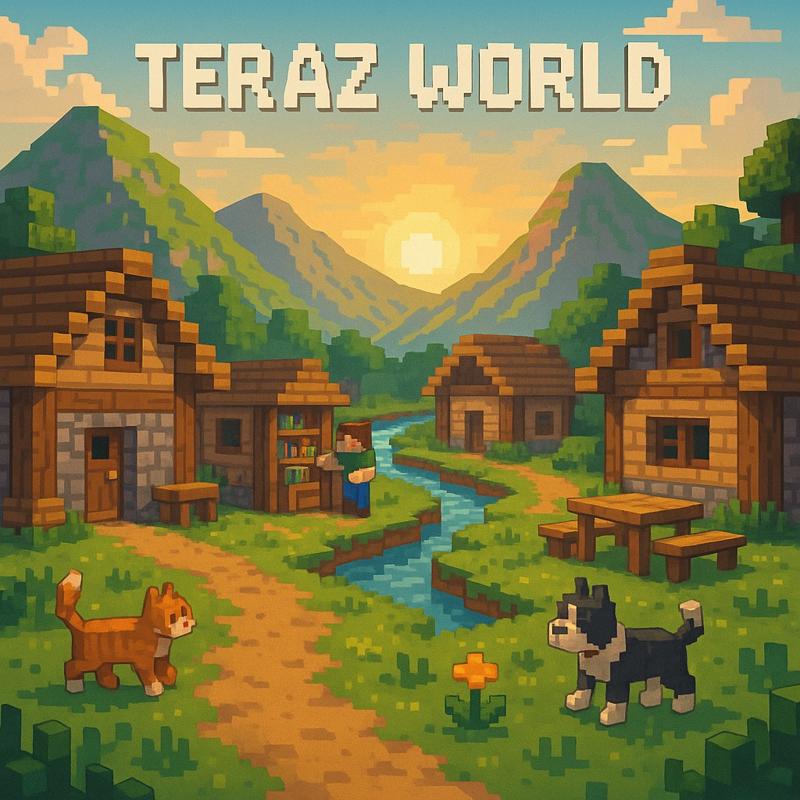
Teraz World at Sunrise: A Pixel Dream Awakens
As the first golden light of a new day stretches across the horizon, Teraz World awakens from the stillness of night. The pixelated sky, once veiled in the indigo hush of midnight, now blushes with hues of coral and tangerine. Slowly, gently, the land stirs — not in a rush, but with the rhythm of a living world welcoming another cycle of wonder.
In this handcrafted realm, every sunrise feels like a ritual. There is no clock to chase, no deadlines — just the moment when light spills across mountains, rivers, and rooftops, whispering: “You are here, and this is real.”
A World Painted in Code and Heart
Teraz World is not just a server or a set of blocks. It is a dream given digital form, a tapestry woven from imagination and community. Walk its paths and you’ll see more than terrain — you’ll feel intent. A lantern flickering on a cottage porch. A winding stream that sparkles just so in the morning light. Vast structures that blend fantasy with familiarity, shaped by countless hands over time.
As the sun rises higher, it reveals the delicate details: pixel-art murals on stone walls, signs written in playful code, waterfalls that tumble into tranquil pools. Animals roam in quiet meadows. Wind rustles the leaves of trees both natural and artificial. The architecture spans from humble huts to surreal towers that pierce the dawn sky — all arranged with artistry and care.
In Teraz World, you don’t just explore — you belong.
Sunrise Isn’t Just a Time — It’s a Feeling
The magic of sunrise here isn’t just visual. It’s symbolic.
It marks not just a new day in the world, but a fresh beginning for you as well. A time to imagine. To build. To collaborate. To pause, breathe, and be present in a world that doesn’t rush you, but welcomes you.
As you step through city gates or climb forested hills, there’s a palpable sense of calm. Time slows. You remember what it’s like to create for the joy of it. To meet others not as usernames, but as fellow dreamers. To discover a community where silence is respected and creativity is celebrated.
Why Join Teraz World?
- Sunrise Ambience: Experience a world where light and shadow dance with beauty, offering daily moments of awe.
- Crafted with Intention: Every block tells a story — from hidden lore to visual poetry.
- 🎮 Peaceful Gameplay: Ideal for creators, explorers, and thinkers who crave calm over chaos.
- Community Over Competition: Collaboration thrives here. You won’t be judged by your level, but celebrated for your vision.
- Ever-Growing & Alive: New features, structures, and stories unfold with every sunrise.
A Final Word to You, the Explorer
As the sun climbs over the hills and paints the clouds with gold, you stand at the threshold of something rare.
A digital sunrise. A living story. A home for hearts that beat to the rhythm of imagination.
We invite you not only to visit, but to become a part of Teraz World. Whether you build, wander, reflect, or simply enjoy the view — your presence brings the world more life.
Step Into the Light
🗺️ Start your journey at hamrind.net:30000
Bring your ideas, your joy, your quiet — and we’ll bring the sunrise.
Together, let’s build something beautiful, one pixel at a time.
